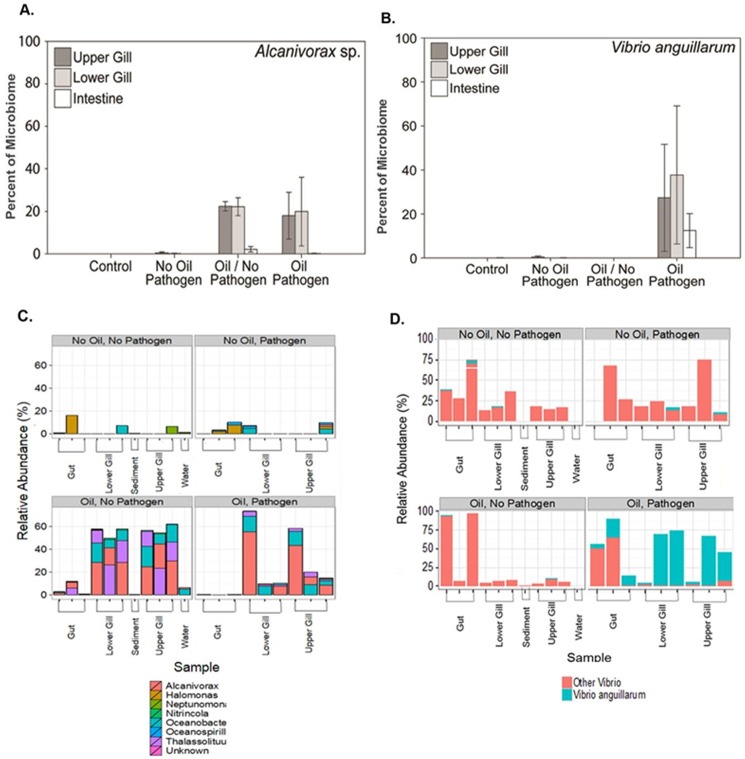Fig 3. Microbial communities significantly affected by oil exposure.
(A) Comparison of the percent of Alcanivorax with (B) the experimental pathogen Vibrio anguillarum in microbiome found in the upper gill, lower gill and intestine from flounder tissue collected Day 1 post-pathogen challenge (3 fish/treatment). Mean percentage of microbiome (+/- 1 SEM) for Alcanivorax sp. and V. anguillarum. (C) Comparison of the relative abundance of PAH degrading bacterial groups such as Alcanivorax, Halomonas and Oceanospirillales in the gut, lower gill, upper gill, sediment and water collected Day 1 post-pathogen challenge after flounder were returned to experimental tanks and (D) a closer investigation comparing the relative abundance (%) of the bacterial challenge species Vibrio anguillarum and other Vibrio spp between water, sediment and experimental treatments sampled Day 1 post-pathogen challenge.

